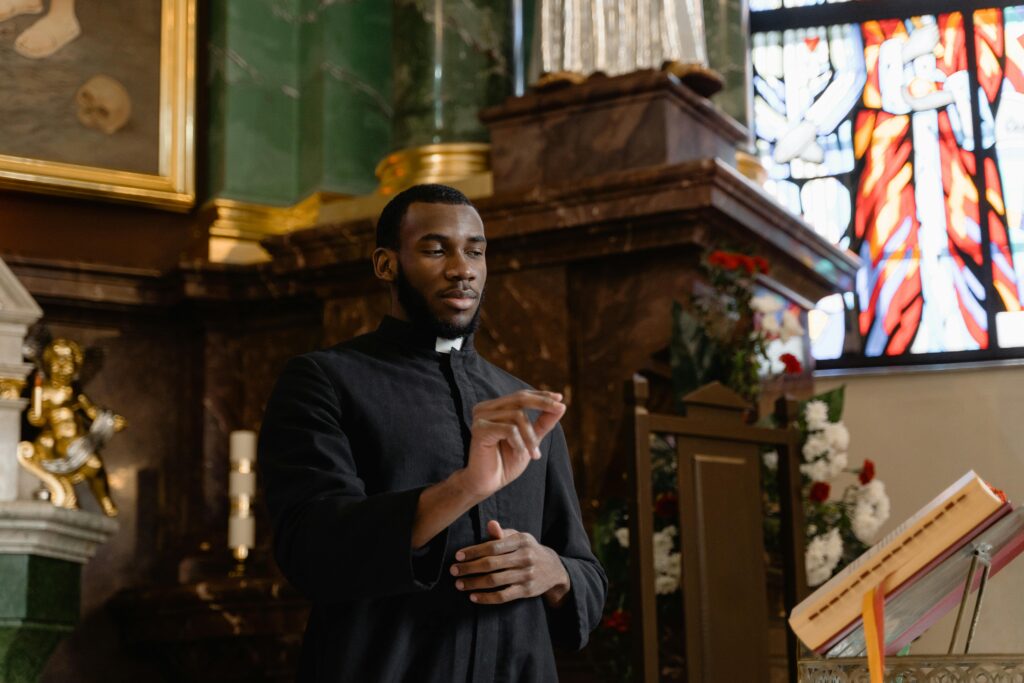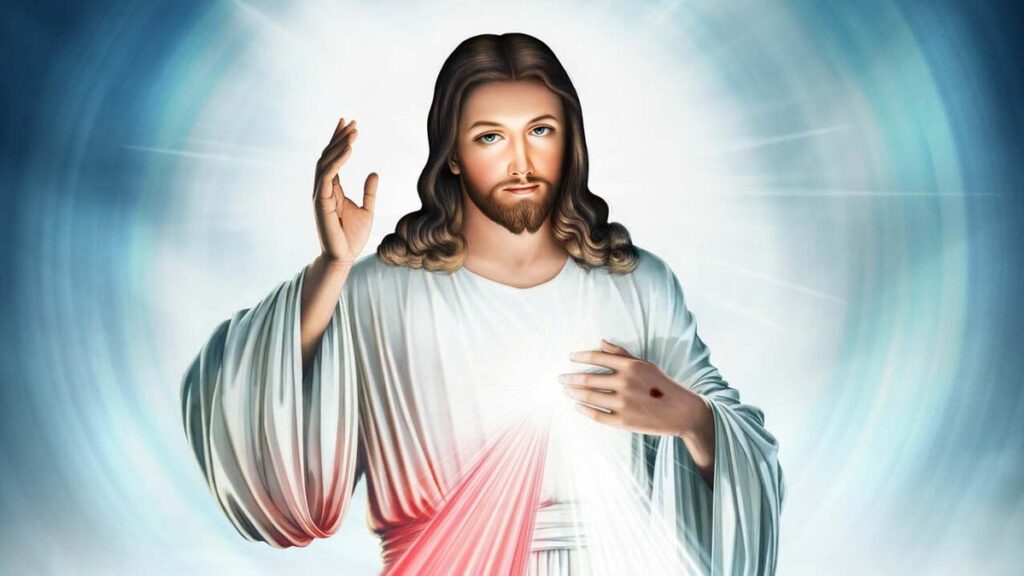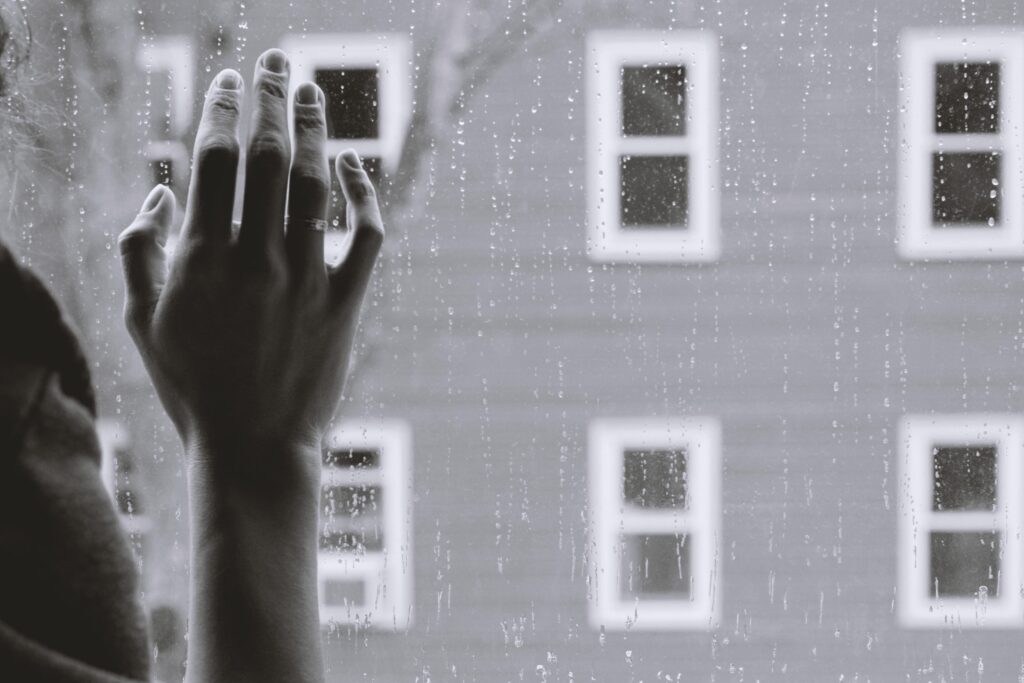The Sacred Triduum in the Catholic Church: 3 Things You May Not Know
Written by catholicradio on March 22, 2023
The liturgical season of Lent prepares us to celebrate the Resurrection of Our Savior. There is a particular focus on our continual spiritual conversion through prayer, fasting, and almsgiving.
There is also a richness and beauty in the Sacred Triduum leading up to Easter. But what are these days between the end of Lent and Easter Sunday all about? Here are three things you may not know about the Sacred Triduum in the Catholic Church:
-
The Three Days of the Sacred Triduum Are One
Lent occurs over a 40 day period beginning with the holy day of Ash Wednesday. Some people think the last day of Lent is the Wednesday of Holy Week, the day before Holy Thursday. Others may believe Lent ends on Holy Saturday, right before Easter. Both of these are incorrect.
The Sacred Triduum is also known as the Holy Triduum or Paschal Triduum. The word “triduum” comes from the Latin meaning “three days”, but liturgically it is one.
The summit of the Liturgical Year is the Easter Triduum—from the
evening of Holy Thursday to the evening of Easter Sunday. Though
chronologically three days, they are liturgically one day unfolding
for us the unity of Christ’s Paschal Mystery.
The single celebration of the Triduum marks the end of the Lenten
season, and leads to the Mass of the Resurrection of the Lord at the
Easter Vigil.
“Easter Triduum”, United States Conference of Catholic Bishops
Liturgical services that take place are:
- Mass of the Lord’s Supper the evening of Holy Thursday
- The Lord’s Passion on Good Friday
- Mass of the Resurrection of the Lord on Holy Saturday (the Easter Vigil)
-
Within the Sacred Triduum There are Several Traditions
Traditions that occur within the days of the Sacred Triduum may include:
- Washing of the Feet on Holy Thursday
- Veneration of the Cross on Good Friday
- The blessing of the Easter Fire and the Paschal Candle at the Easter Vigil
- Celebration of Initiation for those entering the Catholic Church (Initiation includes the sacraments of Baptism, Holy Communion, and Confirmation)
-
The Church Liturgy is Changed and the Atmosphere Is Transformed During the Sacred Triduum
Moving through the Sacred Triduum, the Church’s physical environment goes through a transformation. There are also elements of the liturgy that are taken away or added in during these days.
Holy Thursday
The Mass of the Lord’s Supper is a special celebration unique to Holy Thursday. It commemorates the institution of the sacrament of Holy Communion, the first time the bread and wine became Christ’s Body and Blood. The transformation of bread and wine into the Body and Blood of Our Lord is called transubstantiation and honors the Real Presence.
The Mass of the Lord’s Supper also includes an additional ceremony. Several chairs are brought to the altar where the priest washes the feet of parishioners. Jesus did this at the Last Supper for his 12 apostles as a visible reminder to serve others.
After Mass some churches remove the Eucharist from the tabernacle in the Church to one in the sacristy, leaving the doors of the tabernacle open. This reminds us that Jesus has not yet given up His body and is therefore not present for Holy Communion or Adoration.
Good Friday
Jesus was arrested during the night after the Last Supper. On Good Friday we recall the crucifixion and death of Our Lord, Jesus Christ. The altar is left bare and no Mass is celebrated. Statues of saints may have already been covered for Lent, but now the cross is draped with a purple cloth and church bells are silent.
Stations of the Cross are prayed or the Passion is re-enacted. There is also veneration of the cross, which may include touching or reverently kissing it. These are usually scheduled at about 3 p.m., the time Our Lord died. What was meant for death was transformed by Jesus into an instrument for our salvation.
Holy Saturday
The morning and afternoon are a time of prayerful waiting, calling to mind Jesus’ time in the tomb.
The Easter Vigil
Statues are uncovered. The altar is no longer bare, but prepared for Mass. Any purple remaining in the church is replaced with the liturgical color of white to represent innocence, light, and Christ’s triumph.
As the Easter Vigil begins, the church is dark. The priest or deacon processes into the church with a new Paschal candle, scattering the darkness.
Made of pure beeswax, the candle symbolizes Jesus who was sinless. The wick, His humanity. And the flame calls to mind Jesus’ Divine nature. The Pascal candle will be lit every day from the Easter Vigil until celebration of the Ascension.
Easter Sunday
Full of music, church bells, flowers, and incense, Easter Sunday also includes sprinkling the faithful with holy water blessed at the Vigil. Holy water fonts are filled with the same water as a reminder of our baptisms.
Renewing of baptismal promises typically is in place of the Creed. Easter Sunday is the high point in the entire liturgical year.
We Invite You to Celebrate With Us
Catholic Radio Network has five livestreams that broadcast 24 hours each day. You can find programming for Gabriel 1, Gabriel 2, and Gabriel 3 livestreams on our Programming Schedule. Gabriel 4 and Gabriel 5 livestreams reflect special feasts and holy days throughout the liturgical year as well as Catholic music.
Click here to find your local station. You can also download our mobile app for Android and Apple to listen at your convenience.




